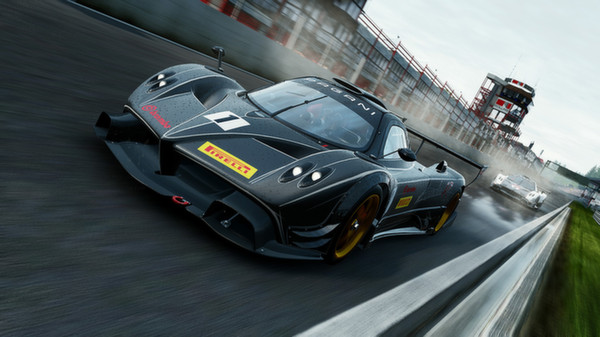Jump start.
In an interestingly similar fashion to Grim Fandango Remastered, Project CARS is intriguing just by virtue of its existence. For years, we haven't seen any developer with enough courage to enter the simulation racing genre and have enough firepower to be a legitimate competitor to Polyphony Digital's Gran Turismo and Turn 10 Studios' Forza Motorsport on consoles. That's understandable given that electing to compete against these two respectively Sony-backed and Microsoft-backed franchises would be more than an uphill climb. If it ever came to a battle of attrition, any would-be upstart in the genre would likely be weeded out.
But Project CARS intends to change all this, with Slightly Mad Studios and Bandai Namco turning to the community for development, testing, and funding, in a process that's been dubbed the World of Mass Development. (Now that's a WMD I can get behind!) Members can contribute to the project by purchasing one of several versions of Tool Packs and providing content, QA, marketing, and the like. It's not done all pro-bono, thankfully, as any profits made within the first three years of its release will be split between the studio and any members. It just goes to show the influence of Steam Workshop and the extensive modding community.
You may have heard of Slighty Mad Studios, a video game developer based in London, that's been lurking around the periphery with Need for Speed: Shift in 2009 and Test Drive: Ferrari Racing Legends in 2012. Project CARS represents its chance to step out of the limelight and highlight its expertise in the racing genre. And just at first glance, the attention to detail, the weight of every car, and the sheer quantity of race tracks are surprising for a debut title. I eyed at least 60 race tracks in the PC build at Bandai Namco's New Year Showcase in San Francisco, but there were far more individual entries on the list that I wasn't able to count.
Complementing the roster of tracks are dynamic systems for weather and physics based on the Madness engine. Water droplets will scatter on the screen while racing in the rain, and tires will grip the road more tightly after a warm-up lap or two. Over the course of a race, with time set to advance with five-times speed, the weather can change suddenly from clear blue skies to raging thunderstorms, as the clouds slowly and ominously block the warm rays of the sun. It's all planed content that won't require a day-one patch or additional updates.
You'll also be able to experience races more realistically, with shakedown and qualifying runs if you so choose. Online races will feature up to 16 players on console and an impressive 32 players on PC. Though it wasn't available for examination in the preview build I played, there should be a light driver editor and tuning options as well. Better yet, the developers aren't pushing for the standard progression of earning in-game cash from events and then spending it on vehicles. Players should have access to every included track and car in the roster right from the start.
Project CARS will also have welcome support for Project Morpheus and Oculus Rift, the latter of which I tried while strapped to a racing wheel (Thrustmaster T80) and chair setup. The frame-rate was extremely low, like 10 frames a second (if that), so trying to navigate the twisty turns and elevation changes at Leguna Seca was next to impossible. But it was a proof-of-concept that showed it could work and will likely be improved upon with time.
Project CARS will release on March 17, 2015 in the US for PC, PS4, and Xbox One, with Wii U and SteamOS/Linux versions releasing later this year.
Project CARS
-
Project CARS #1
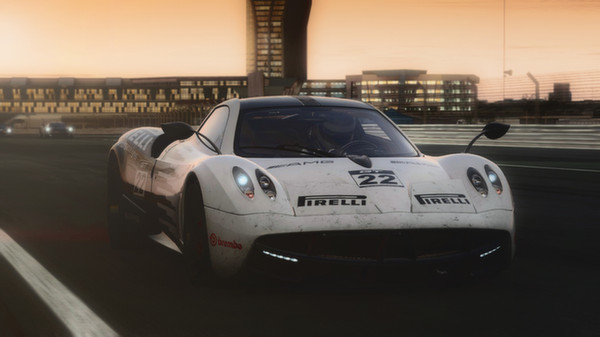
-
Project CARS #2

-
Project CARS #3
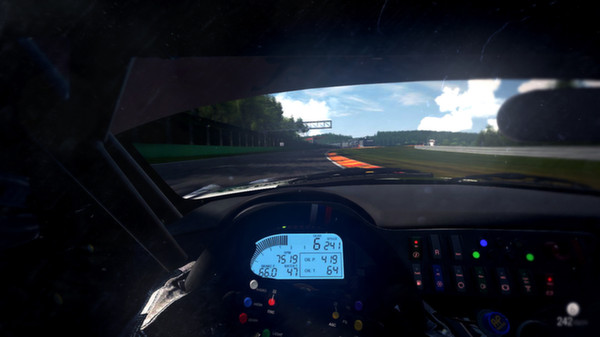
-
Project CARS #4
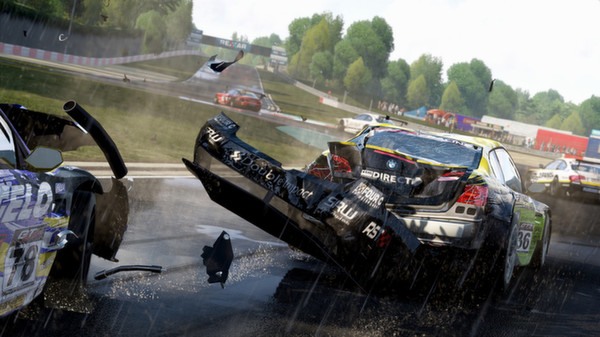
-
Project CARS #5
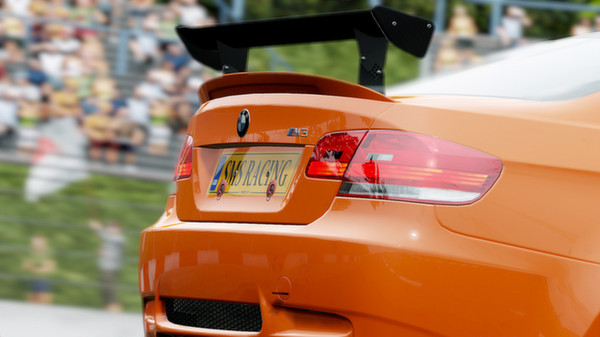
-
Project CARS #6
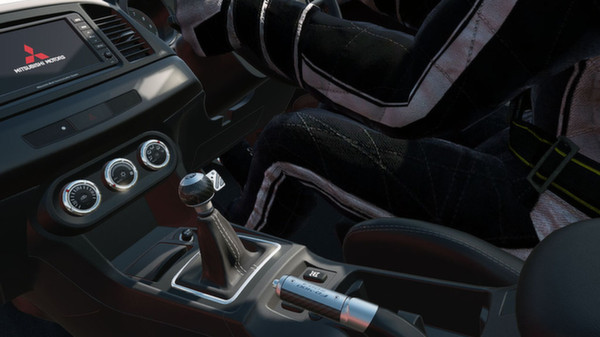
-
Project CARS #7
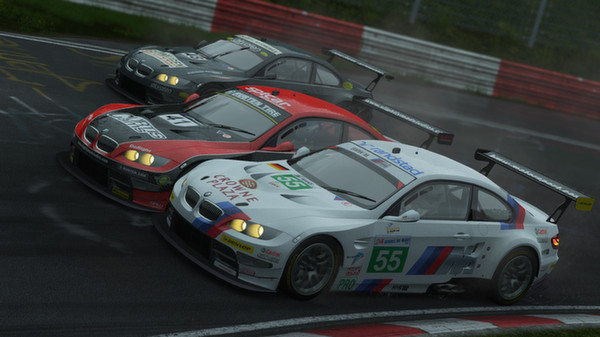
-
Project CARS #8
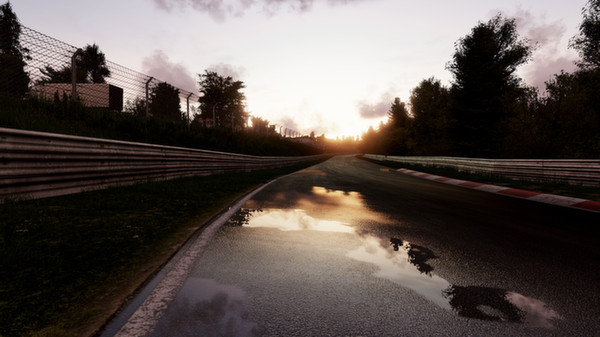
-
Project CARS #9

-
Project CARS #10
